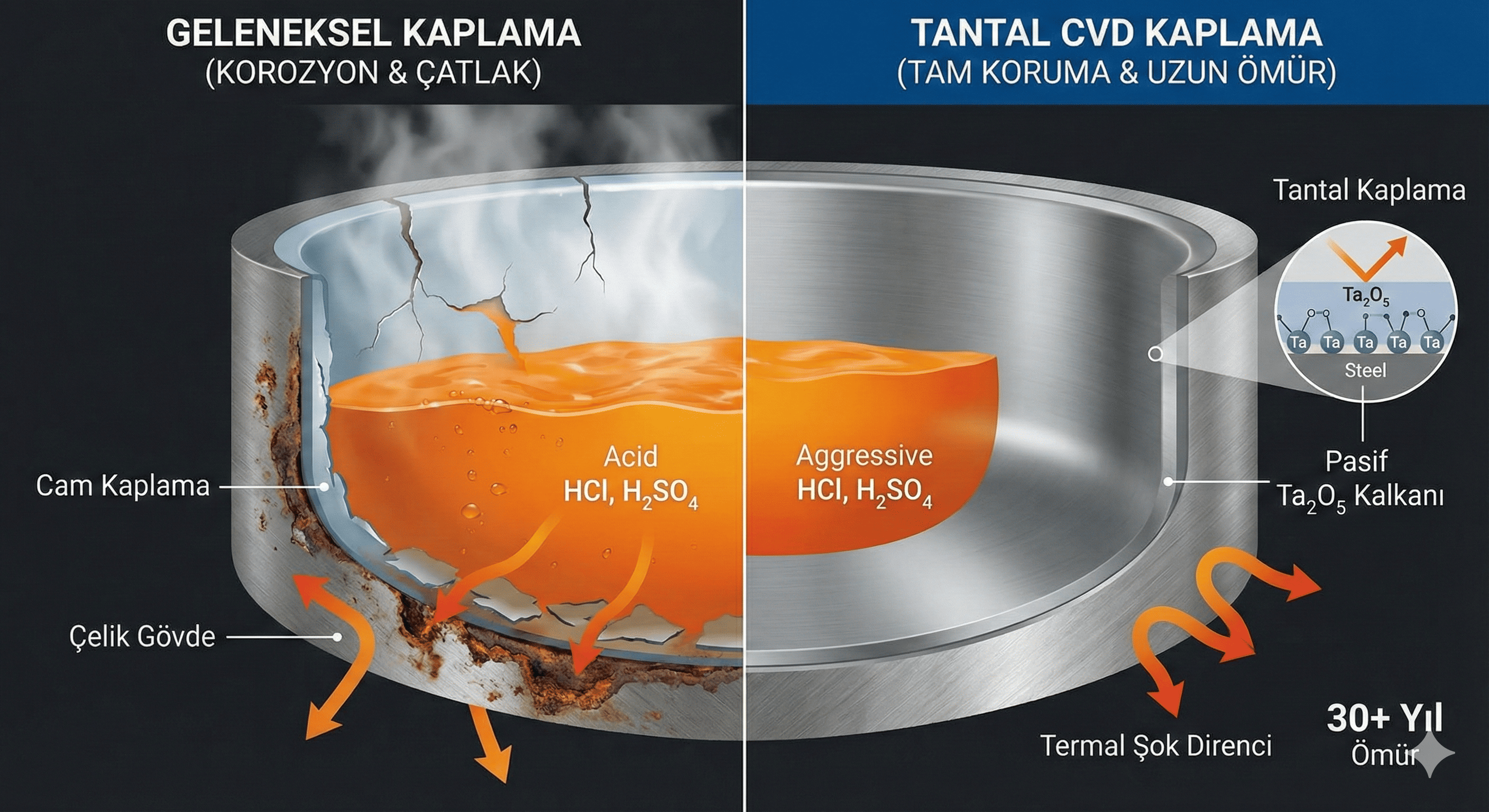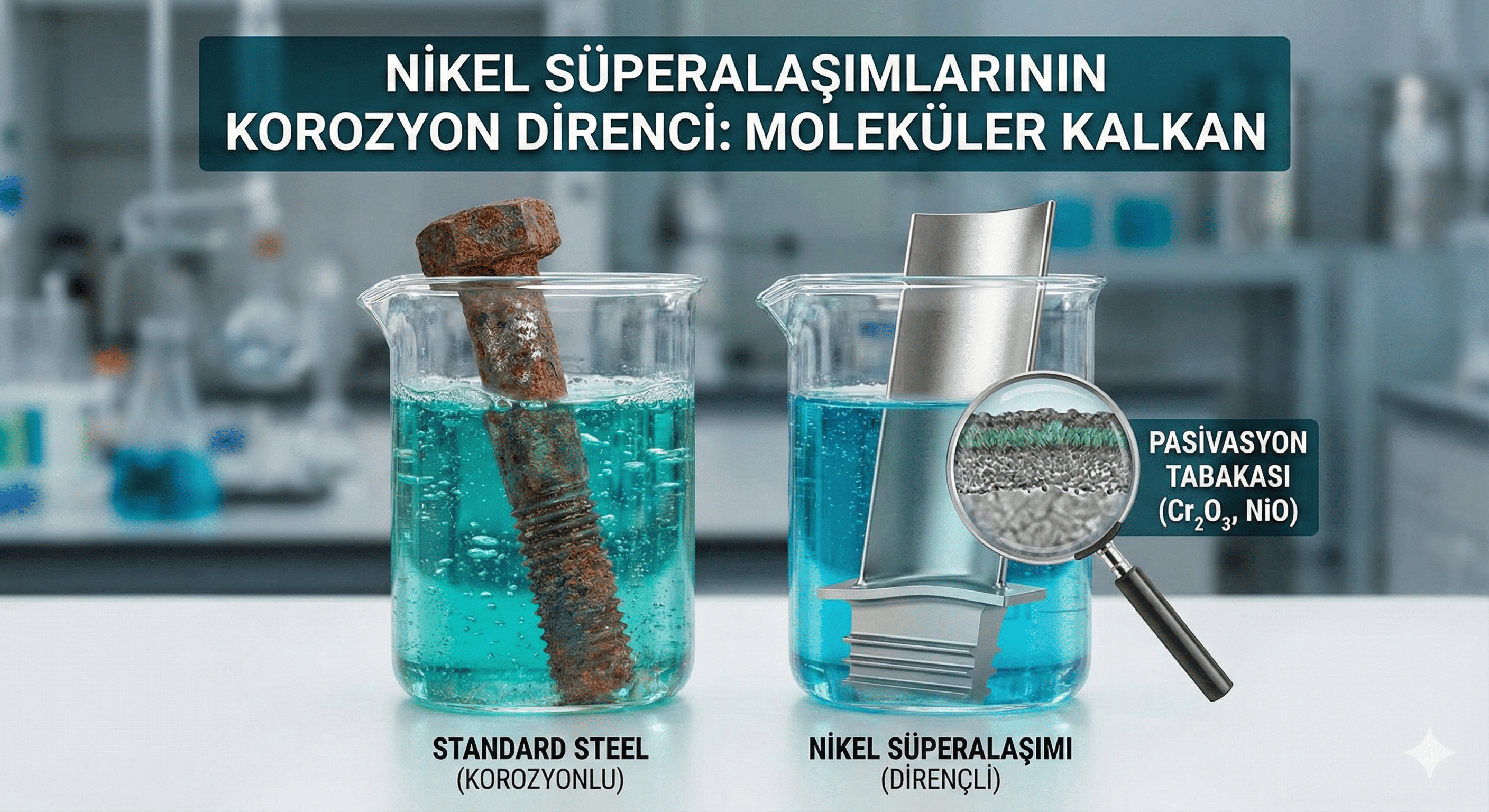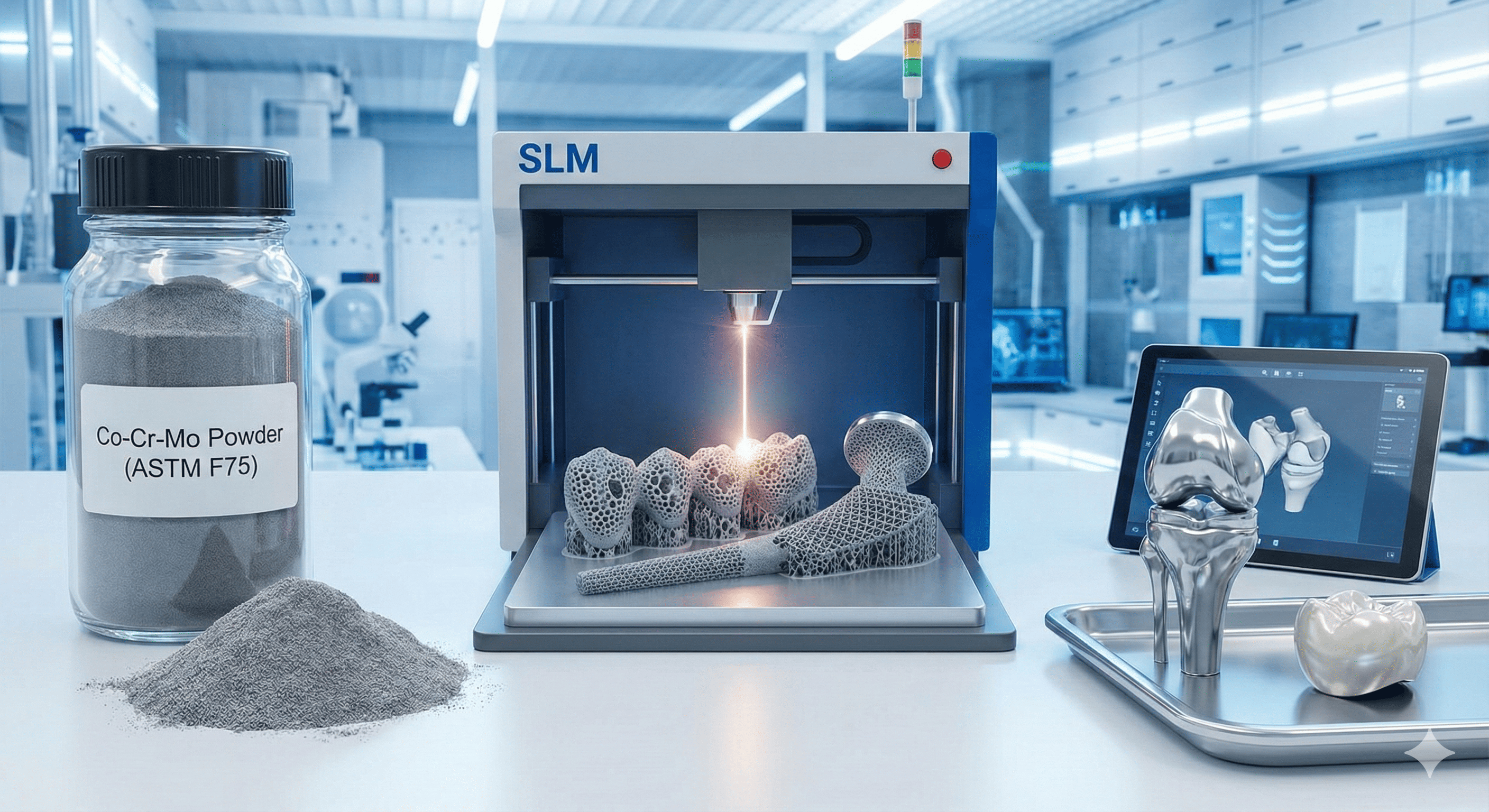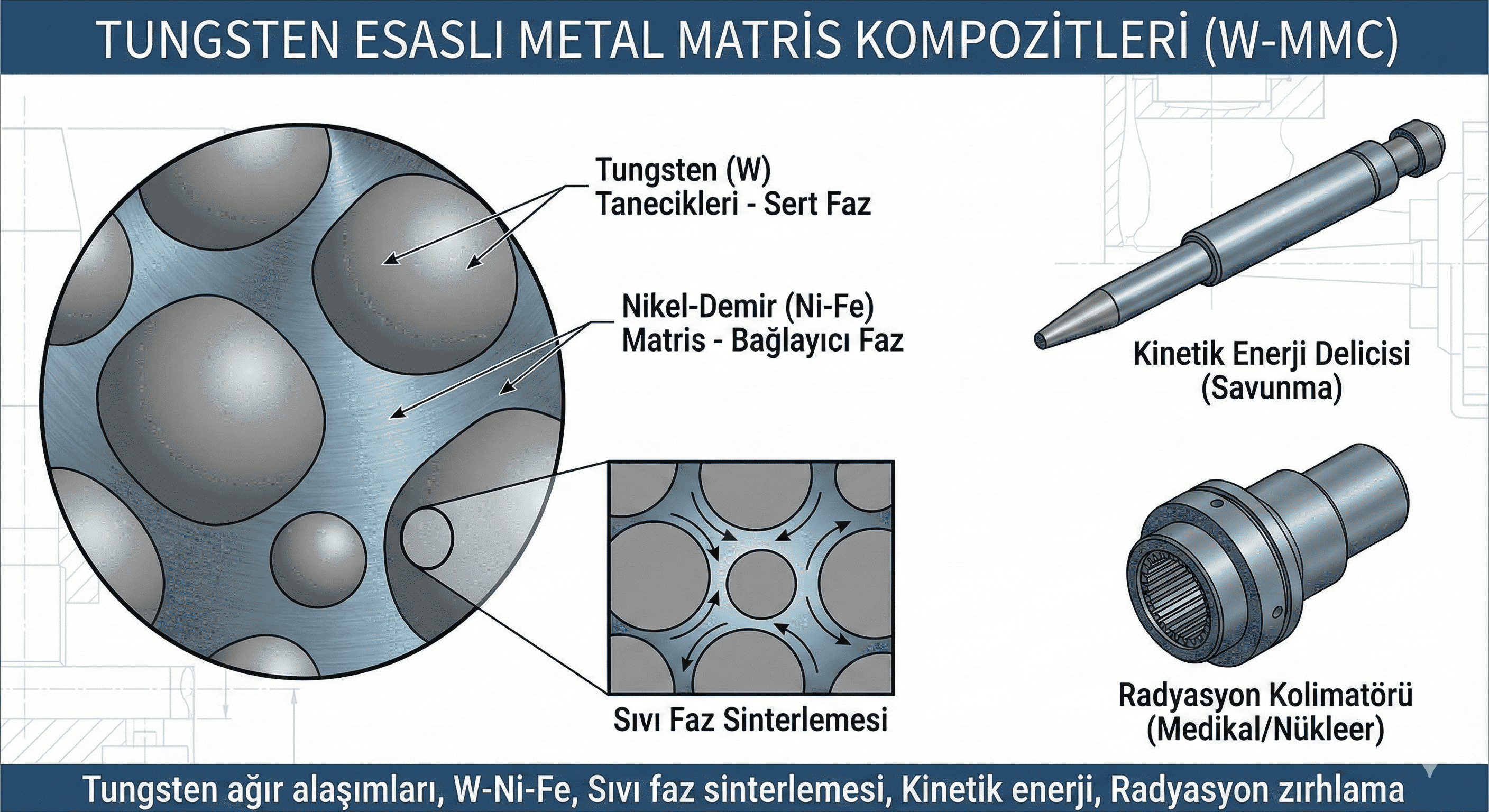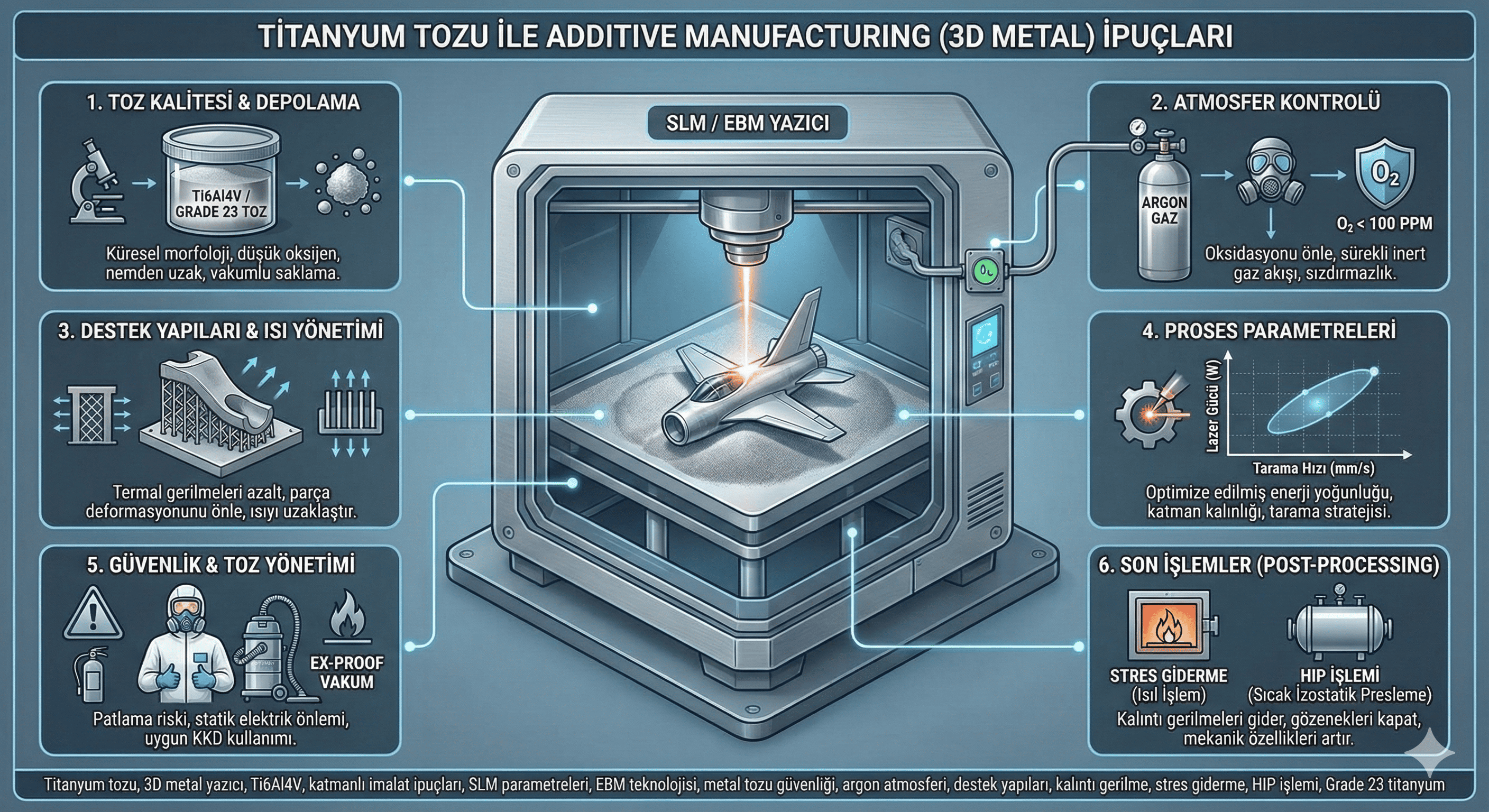Strontium Carbonate Nanopowder: Properties, Synthesis, and Applications
Introduction
Strontium carbonate (SrCO³) nanopowder is a fine powder of strontium carbonate with particles in the nanometer range. This material is valued for its unique properties, including high surface area, chemical reactivity, and suitability for various advanced applications. Strontium carbonate nanopowder finds uses in electronics, ceramics, optics, and environmental technologies. This article provides an overview of its properties, synthesis methods, and applications.
Chemical Properties
- Composition: Strontium carbonate nanopowder consists of strontium and carbonate ions, with the chemical formula SrCO³. It is a white, crystalline powder that is relatively stable under standard conditions.
- Reactivity: Strontium carbonate is relatively stable but can react with acids to form strontium salts and carbon dioxide gas. It is less reactive with bases and water. Its reactivity is important for various industrial and chemical applications.
- Surface Chemistry: The high surface area of strontium carbonate nanopowder allows for enhanced interaction with other materials and chemicals. Surface modifications can be applied to improve dispersion, stability, or compatibility in different applications.
Physical Properties
- Size and Shape: Strontium carbonate nanopowder typically consists of particles ranging from 1 to 100 nanometers. The particles can be spherical, rod-shaped, or have other morphologies depending on the synthesis method.
- Density: The density of strontium carbonate nanopowder is lower compared to bulk strontium carbonate due to its high surface area and potential porosity. This can affect its behavior in applications such as catalysts or fillers.
- Mechanical Properties: The mechanical properties of strontium carbonate nanopowder, such as hardness and flexibility, differ from bulk material. These properties are influenced by particle size, shape, and surface characteristics.
- Thermal Properties: Strontium carbonate nanopowder has a high thermal stability with a decomposition temperature around 1,000°C (1,832°F). Upon heating, it decomposes into strontium oxide (SrO) and carbon dioxide (CO²).
- Optical Properties: While strontium carbonate itself is not highly absorptive in the visible range, its nanopowder form can have interesting optical properties due to its high surface area. These properties can be useful in various optical applications.
Synthesis Methods
- Co-precipitation: This common method involves the simultaneous precipitation of strontium and carbonate ions from their aqueous solutions. The resulting precipitate is filtered, washed, and dried to obtain strontium carbonate nanopowder.
- Sol-Gel Method: In the sol-gel process, strontium and carbonate precursors are dissolved in a solution to form a gel. The gel is then dried and calcined to produce strontium carbonate nanopowder with controlled size and distribution.
- Hydrothermal Synthesis: Strontium carbonate nanopowder can be synthesized using hydrothermal methods, where strontium salts and carbonate sources are reacted in a high-temperature, high-pressure aqueous environment. This method yields high-purity nanoparticles with well-defined properties.
- Chemical Vapor Deposition (CVD): CVD involves the deposition of strontium carbonate from vaporized precursors onto a substrate. The method allows for precise control over the particle size and morphology of the resultant nanopowder.
- Precipitation from Solution: Strontium carbonate nanopowder can be prepared by dissolving strontium salts in a solution, followed by the addition of a carbonate source. The reaction produces strontium carbonate, which is then collected and processed.
- Solid-State Reaction: In this method, solid precursors of strontium carbonate are mixed and heated to high temperatures. The reaction between the precursors results in the formation of strontium carbonate nanopowder.
Applications
- Ceramics: Strontium carbonate nanopowder is used in the production of advanced ceramics, including piezoelectric materials and dielectric ceramics. Its properties enhance the performance of these materials in electronic and mechanical applications.
- Electronics: In electronics, strontium carbonate nanopowder is used as a component in various electronic devices, including capacitors and insulators. Its high surface area and reactivity contribute to improved device performance.
- Optics: The nanopowder is employed in optical applications such as phosphors and coatings. Its optical properties, combined with its fine particle size, make it suitable for use in high-performance optical materials.
- Environmental Technologies: Strontium carbonate nanopowder is used in environmental applications, such as water treatment and pollutant removal. Its high surface area and chemical reactivity aid in the adsorption and removal of contaminants.
- Pigments and Dyes: The nanopowder is utilized in the production of pigments and dyes due to its ability to enhance color properties and improve the quality of the final product.
- Pharmaceuticals: Research is exploring the use of strontium carbonate nanopowder in pharmaceuticals, including as a carrier for drug delivery systems. Its biocompatibility and surface properties make it a candidate for such applications.
Safety and Handling
- Toxicity: Strontium carbonate is generally considered to have low toxicity. However, inhalation of fine dust or prolonged exposure should be avoided. Proper safety measures should be followed to minimize potential health risks.
- Protective Measures: When handling strontium carbonate nanopowder, use appropriate personal protective equipment (PPE) such as dust masks, safety goggles, and gloves. Work in a well-ventilated area or fume hood to reduce exposure to airborne particles.
- Storage: Store strontium carbonate nanopowder in airtight containers to prevent contamination and moisture absorption. Keep the powder in a cool, dry place to maintain stability and prevent degradation.
Conclusion
Strontium carbonate nanopowder is a versatile material with a range of valuable properties, including high surface area, thermal stability, and reactivity. Its applications span various fields, from ceramics and electronics to environmental technologies and pharmaceuticals. Understanding its synthesis methods, properties, and safety considerations is essential for effectively utilizing strontium carbonate nanopowder in advanced technologies and industrial processes.
If you need more information or have additional questions, feel free to ask!

